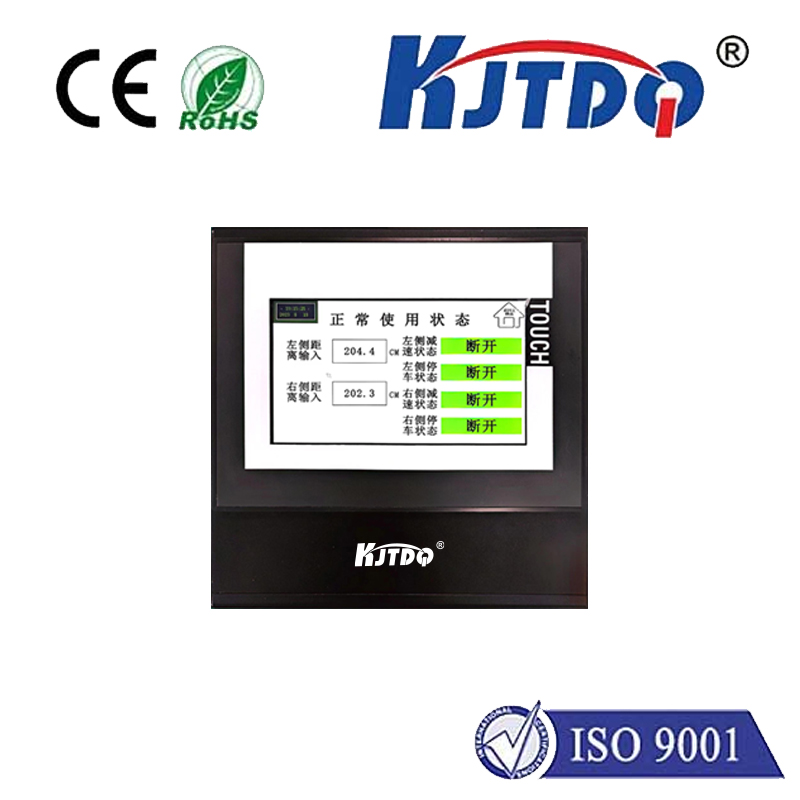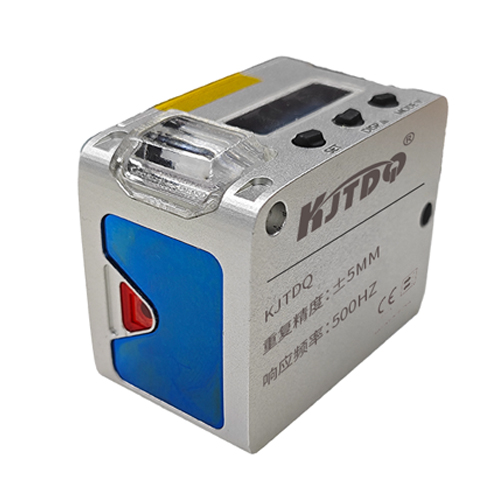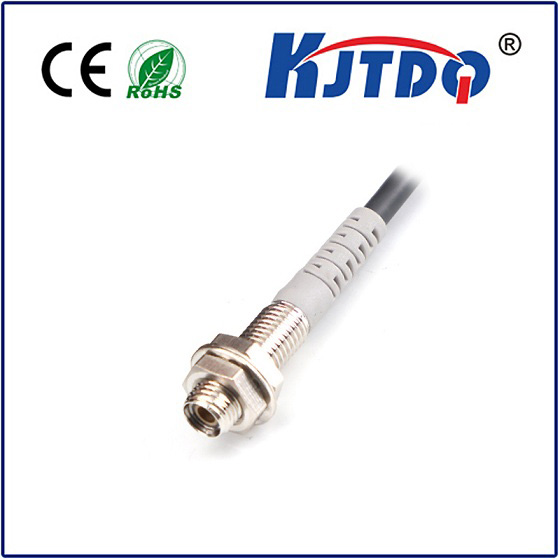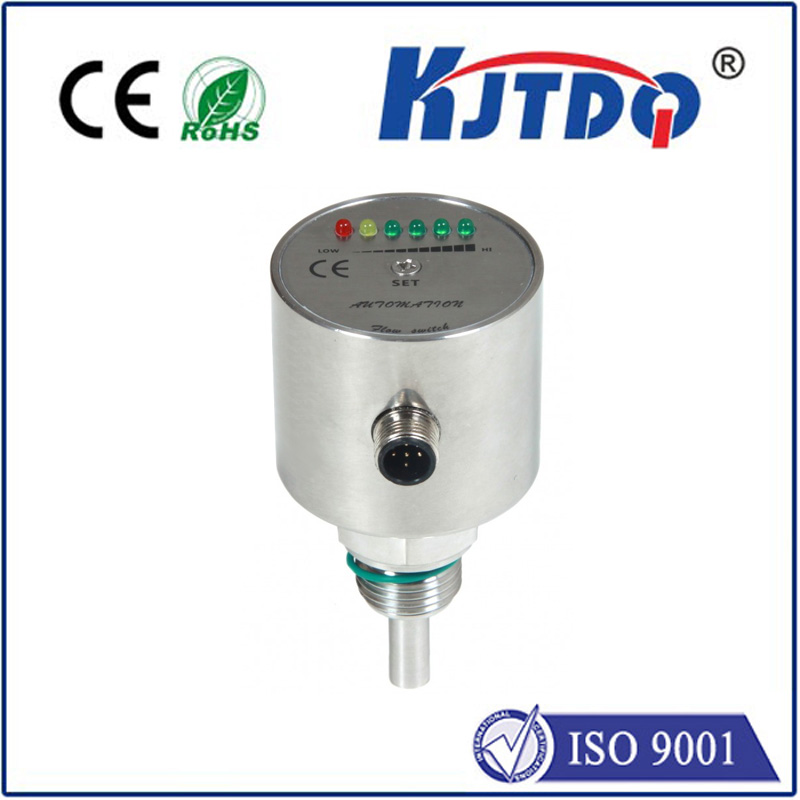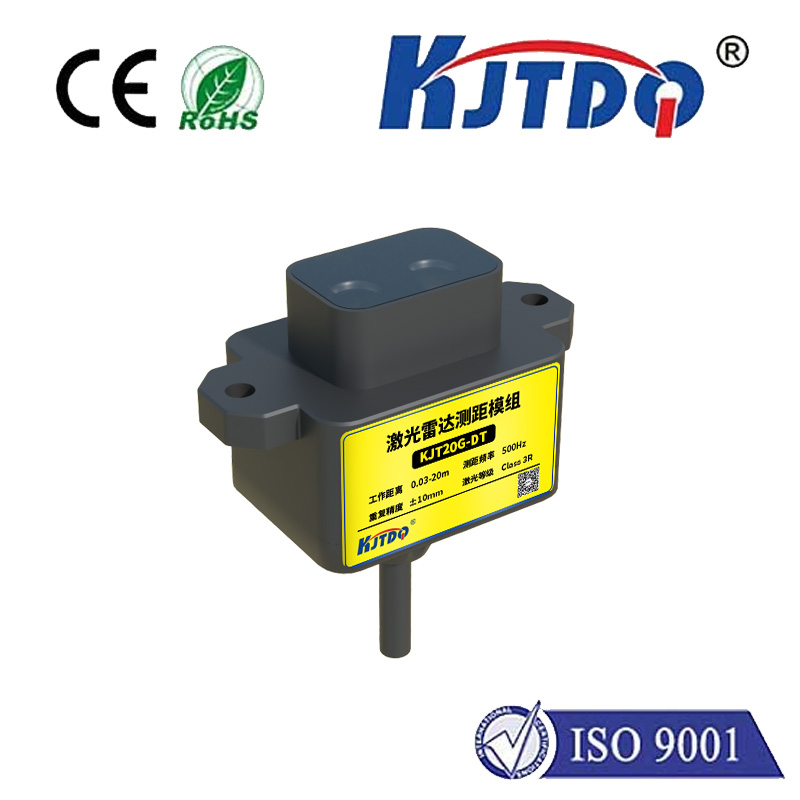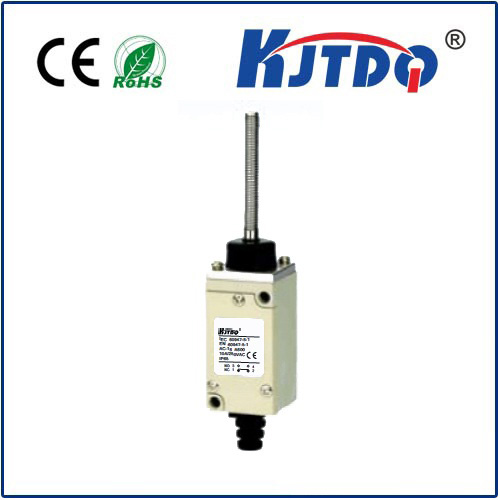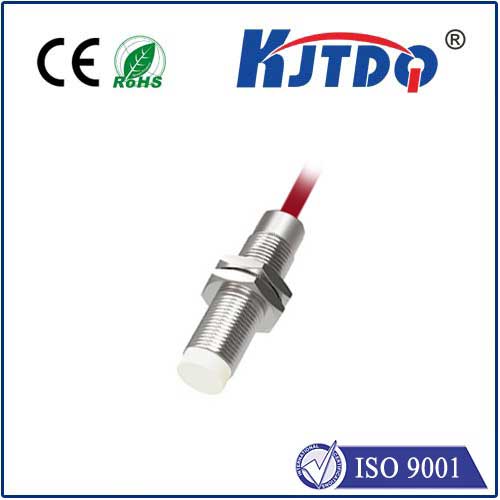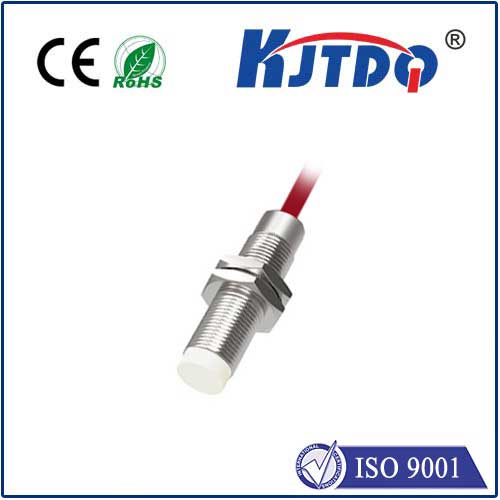proximity sensor tl-w5mc1
- time:2025-09-08 09:58:32
- Click:0
TL-W5MC1 Proximity Sensor: Unlocking Reliable Non-Contact Detection in Automation
Imagine a production line humming along flawlessly, components seamlessly flowing from station to station. What often makes this precision possible, yet remains unseen? Tiny sentinels like the TL-W5MC1 proximity sensor. This compact device is a cornerstone of modern industrial automation, offering dependable, non-contact detection where reliability is non-negotiable. Understanding its role and capabilities is key to optimizing countless automated processes.
Proximity sensors, fundamentally, detect the presence or absence of an object without physical contact. The TL-W5MC1 exemplifies an inductive proximity sensor, specifically designed to sense metallic targets. Its core function is to provide a clear, unambiguous signal – typically an electrical switch opening or closing – whenever a designated metal object enters its detection field. This simple action triggers crucial responses: halting a conveyor, confirming part positioning, initiating a robotic sequence, or counting items.

Why is the TL-W5MC1 such a popular choice for engineers and automation specialists? Several key features contribute to its widespread adoption:
- Robust Inductive Sensing Principle: Utilizing electromagnetic induction, the sensor generates an oscillating field from its sensing face. When a metallic object (like iron, steel, aluminum, brass, copper) enters this field, it induces eddy currents within the target. This disturbs the sensor’s internal oscillation, triggering a state change in its output circuit. This method is exceptionally reliable, insensitive to dirt, oil, dust, or ambient light conditions common in industrial settings – a significant advantage over optical sensors.
- Compact and Durable Form Factor: Engineered for challenging environments, the TL-W5MC1 typically boasts a rugged housing, often constructed from nickel-plated brass or stainless steel. Crucially, it frequently carries a high IP67 or IP68 rating (Ingress Protection). This signifies excellent resistance to dust ingress and protection against the effects of immersion in water (IP67: up to 1m for 30 mins; IP68: continuous immersion under specified conditions). This durability ensures longevity even in damp, dirty, or washdown areas.
- Standardized Performance: While specific parameters can vary slightly, the TL-W5MC1 generally offers a sensing range up to 5mm for steel targets. It commonly features a 3-wire DC configuration (PNP or NPN output types), making it compatible with a vast array of Programmable Logic Controllers (PLCs) and industrial control systems. Voltage ratings are typically suited for standard industrial DC supplies (e.g., 10-30V DC).
- Embedded Protection: Critical internal protection circuits are standard. Reverse polarity protection prevents damage if wiring is accidentally connected backwards. Short-circuit protection safeguards the sensor and connected circuitry in case of an output wiring fault.
- LED Status Indication: A built-in LED provides immediate visual feedback. It usually lights to indicate power is present and often changes state (e.g., turns on solidly or blinks) when an object is detected within the sensing range, simplifying installation, commissioning, and troubleshooting.
Integrating the TL-W5MC1 into a system is typically straightforward:
- Mounting: Its cylindrical threaded barrel (commonly M8, M12, M18, or M30 sizes depending on the specific variant) allows for easy and secure mounting using matching nuts.
- Wiring: Connection involves linking the brown wire (+V), blue wire (0V / GND), and the black wire (load/switched output) according to its PNP or NPN configuration and the requirements of the controlling device (PLC, relay, counter).
- Positioning: Ensuring the target metal object consistently passes within the specified sensing distance and approaches the active face directly is critical for reliable operation. Factors like target material, size, and shape can slightly influence the effective sensing range.
While renowned for reliability, understanding potential issues enhances uptime:
- Detection Issues: Failure to detect usually points to misalignment (target outside sensing range), incorrect wiring, insufficient power supply, or an incompatible target material (non-metallic). Always confirm the target is metallic and within range.
- Sensor Damage: Physical impact or exceeding electrical ratings (overvoltage) are primary causes. Ensuring correct voltage and installing protective measures if necessary (like surge suppressors in electrically noisy environments) is prudent.
- Environmental Extremes: Despite the high IP rating, exposing the sensor to temperatures significantly outside its specified operating range (often -25°C to +70°C) or highly corrosive chemicals can degrade performance.
The applications for the TL-W5MC1 are vast and span numerous industries:
- Manufacturing & Assembly Lines: Precisely detecting the position of machine parts, pallets, or arms; confirming the presence/absence of components on conveyors; controlling cylinder end positions.
- Material Handling & Packaging: Monitoring object positions on conveyors; counting bottles, cans, or boxes; verifying bin levels (for metal containers); controlling gate actuation.
- Automotive Production: Verifying robotic weld gun positions; detecting engine blocks or transmission parts in fixtures; monitoring spindle positions on CNC machines.
- Food & Beverage Processing (for equipment monitoring): Detecting metal capping heads or fill levels in metal containers (with appropriate hygienic considerations); confirming the position of metal guides or cutters.
- Machinery Safety: Providing part-in-position signals for safe machine cycle initiation; acting as interlocks on guards (detecting if a guard is closed).
In essence, the TL-W5MC1 proximity sensor is far more than just a simple switch. It is a fundamental component enabling the automation revolution. Its inherent reliability, robust construction, environmental resilience, and ease of integration make it a trusted solution for engineers seeking accurate, non-contact detection of metallic objects. By delivering consistent, maintenance-free performance in demanding conditions, it plays a vital, often unseen, role in ensuring production efficiency, process control, and overall equipment effectiveness across countless automated systems worldwide. Understanding its capabilities and optimal implementation is crucial for maximizing its benefits in any industrial setting.






